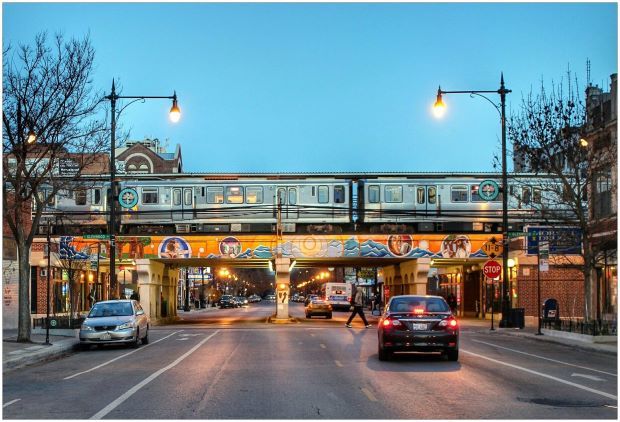Investors Show A Growing Appetite For Rogers Park Properties As Lakefront Multifamily Booms

Demand for apartments on Chicago’s North Side seems unstoppable, and it’s fueling an intense competition among multifamily investors along the entire Lakefront, from Lincoln Park up to Evanston. Even Rogers Park, a neighborhood more economically diverse than the affluent neighborhoods to the south, such as Lincoln Park and Lakeview, is attracting a lot of dollars as eager investors look for places to pour in capital.
There used to be a wide spread between the cap rates for Lakefront multifamily properties. Many investors were happy to spend their money in the affluent neighborhoods, competition which kept cap rates low, while largely staying clear of Rogers Park and Uptown, areas once considered too risky. But falling vacancy rates and a shortage of available units have made all the North Side neighborhoods near the beach look good, sinking cap rates and narrowing the gap between them.
“Cap rates are a reflection of returns, but they’re also a reflection of risk, and how investors perceive that risk,” Essex Realty Group co-founder and President Doug Imber said.
Lincoln Park and Lakeview buildings sold at an average cap rate of 6.1% in 2010, with Rogers Park properties selling at 9.36% the same year, a gap of 326 basis points, according to a series of neighborhood reports by Essex. In 2021, the gap between these neighborhoods shrank to 59 basis points, with Lincoln Park and Lakeview falling to 5.2% and Rogers Park to 5.79%.
The growing popularity of North Side multifamily properties among investors isn’t only driven by local factors, such as people wanting to live near the lake and the Red Line, which quickly shuttles commuters south to the Central Business District, Imber added. Demand is soaring nationwide, making multifamily, along with industrial, one of the most favored asset classes.
In addition, a radical expansion of the nation’s money supply means there’s a lot of capital sloshing about, looking for a place to go. That’s led to a convergence of cap rates between high growth markets like Atlanta and Phoenix and less vibrant cities, such as Milwaukee.
“The same dynamic can be seen across the country,” Imber said. “The neighborhoods in Chicago are a microcosm of that.”
Essex tracked multifamily purchases of 10 or more units valued between $1M and $40M and found 17 such buys during 2021 in Rogers Park, the city’s northernmost neighborhood, with a total sales volume of $82.3M, a 30% increase from 2020. Just to the south in Edgewater and Uptown, investors bought 15 properties for a total of $86M, more than double the volume of 2020 and with an average cap rate of 4.77%, the lowest along the lakefront. Lakeview and Lincoln Park saw 16 multifamily sales for a total of $152M, a 75% increase over 2020.
Average prices have soared all along the lakefront, not just in Lincoln Park and Lakeview, where prices increased from $148K in 2010 to $292K last year, according to Essex. In Edgewater and Uptown, average prices went from $43K in 2010 to $174K in 2021, and Rogers Park saw an increase from $51K in 2010 to $125K last year.
“Overall, I think the market looks at Rogers Park as a really attractive neighborhood to put capital,” Imber said.
Notable 2021 transactions in Rogers Park included Becovic, a Chicago-based multifamily owner and operator, acquiring in September the 73-unit 6758 North Sheridan Road from The Vranas Family Trust for $9.8M. Kiser Group advisers Rick Ofman and Danny Logarakis brokered the deal.
“Investor interest in Rogers Park multifamily continues to rise,” Ofman said. “We had 38 tours, resulting in multiple competitive offers.”
Becovic, one of the neighborhood’s largest landlords, also bought in September 1649 West Jonquil Terrace, a 36-unit courtyard building on the city’s far northern edge less than one-half mile west of Rogers Park Beach and Juneway Beach. Essex Realty Group Director Matt Feo negotiated the $3.8M off-market deal.
Read Full Article at Bisnow Chicago